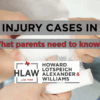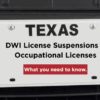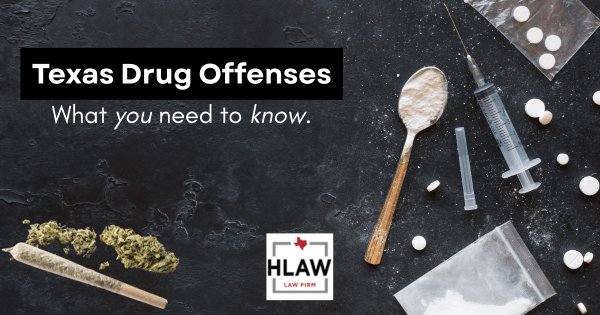
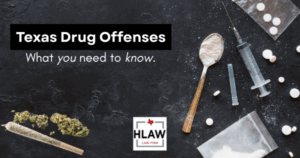
An overview of common Texas drug offenses, from possession of controlled substances to drug paraphernalia. Learn what you need to know about Texas drug laws.
Facing drug charges in Texas can be a daunting experience, with potential consequences ranging from hefty fines and incarceration to long-term impacts on your personal and professional life. Texas has some of the strictest drug laws in the nation, and understanding the nuances of these statutes is crucial for anyone navigating the legal system. This detailed guide, complete with relevant legal citations, aims to shed light on the various types of drug offenses in Texas and the severe penalties associated with them.
1. Possession of a Controlled Substance
Possession of a controlled substance without a valid prescription is a serious offense in Texas, governed primarily by Texas Health and Safety Code §§ 481.115 – 481.118. The severity of the charge and its associated penalties are highly dependent on several critical factors:
- Type of Substance (Penalty Group): Texas law categorizes controlled substances into distinct “Penalty Groups,” each carrying a different level of legal consequence. These groups, ranging from 1 to 4, with an additional 1-A and 2-A, are a fundamental aspect of Texas drug legislation. For instance, substances in Penalty Group 1 (PG1) typically incur the most severe penalties, reflecting their high potential for abuse and lack of accepted medical use.
- Quantity of the Substance: The amount of the controlled substance in possession directly correlates with the classification of the offense. Even a small amount of a PG1 substance can be charged as a state jail felony, while possessing larger quantities can escalate to first-degree felonies, carrying potential sentences of life in prison. The weight or aggregate weight of the substance is a key determinant.
- Aggravating Factors: Certain circumstances can significantly enhance the penalties for possession. These include, but are not limited to, possession within a drug-free zone (e.g., near schools or playgrounds), possession with the intent to deliver, or possession while in possession of a firearm. These factors demonstrate a greater threat to public safety and thus warrant more stringent punishment.
Understanding “Possession”: It’s important to note that “possession” in Texas law doesn’t necessarily mean holding the substance in your hand. It can refer to “actual possession” (direct physical control) or “constructive possession” (exercising care, custody, or control over the substance, even if it’s not on your person). Prosecutors must prove that the accused knowingly or intentionally possessed the substance in one of these ways.
2. Possession of Marijuana
Despite a growing national trend towards marijuana legalization, Texas maintains strict laws regarding marijuana possession. Texas Health and Safety Code § 481.121 specifically addresses marijuana offenses, with penalties directly tied to the quantity possessed.
| Amount Possessed | Classification | Penalty |
| Less than 2 ounces | Class B Misdemeanor | Up to 180 days in county jail, up to $2,000 fine |
| 2–4 ounces | Class A Misdemeanor | Up to 1 year in county jail, up to $4,000 fine |
| More than 4 ounces to 5 pounds | State Jail Felony | 180 days to 2 years in state jail, up to $10,000 fine |
| More than 5 pounds to 50 pounds | 3rd Degree Felony | 2–10 years in state prison, up to $10,000 fine |
| More than 50 pounds to 2,000 pounds | 2nd Degree Felony | 2–20 years in state prison, up to $10,000 fine |
| More than 2,000 pounds | 1st Degree Felony | 10–99 years or life in state prison, up to $100,000 fine |
Note on “Usable Quantity”: For a marijuana possession charge to stick, the prosecution must prove the individual possessed a “usable quantity.” This generally means enough to be used as a drug, though there’s no precise definition, and it can be a point of contention in legal proceedings.
3. Possession of Drug Paraphernalia
The possession of drug paraphernalia, while often a lesser offense than drug possession itself, can still lead to significant legal trouble. Texas Health and Safety Code § 481.125 broadly defines paraphernalia to include any equipment, products, or materials used or intended for use in cultivating, manufacturing, processing, packaging, storing, or consuming controlled substances. Common examples include:
- Pipes, water pipes (bongs), and other smoking devices
- Rolling papers and blunt wrappers
- Digital scales used for weighing drugs
- Syringes and hypodermic needles (unless for legitimate medical purposes)
- Containers used for storing or concealing drugs
Simple possession of drug paraphernalia is typically classified as a Class C Misdemeanor, punishable by a fine of up to $500. However, if the prosecution can prove that the individual sold or possessed paraphernalia with the intent to sell it, the charge can escalate to a Class A Misdemeanor or even a felony, depending on the circumstances, such as selling to a minor.
4. Manufacturing or Delivery of a Controlled Substance
These offenses represent some of the most serious drug charges in Texas, outlined in Texas Health and Safety Code §§ 481.112 – 481.114.
- Manufacturing: This term encompasses the production, preparation, propagation, compounding, conversion, or processing of a controlled substance. It can range from operating a large-scale drug lab to even simple acts like growing marijuana plants if the intent is to produce a usable drug.
- Delivery: This is defined as the actual or constructive transfer of a controlled substance, regardless of whether there was payment or consideration. This includes selling, giving away, or even simply handing over a drug to another person.
The penalties for manufacturing or delivery are extremely severe and are determined by the Penalty Group of the substance and the quantity involved. For example, manufacturing or delivering a small amount of a PG1 substance can be a state jail felony, while large-scale operations involving significant quantities can result in first-degree felony charges, with potential sentences of life in prison and massive fines. Furthermore, enhanced penalties apply if these offenses occur in designated drug-free zones or if minors are involved in the illicit activities.
5. Possession with Intent to Deliver (PWID)
Even if an individual isn’t caught in the act of manufacturing or delivering, they can still be charged with Possession with Intent to Deliver (PWID) under Texas Health and Safety Code §§ 481.112 – 481.114. This charge relies on circumstantial evidence that indicates the intent to distribute the controlled substance. Prosecutors often infer intent from:
- Large Quantities of Drugs: Possessing an amount of a substance that exceeds what would typically be for personal use.
- Packaging Materials: Having baggies, vials, or other materials commonly used for drug distribution.
- Weighing Scales: Possession of digital scales, especially in conjunction with drugs.
- Presence of Large Sums of Cash: Unexplained large amounts of money.
- Communications (Text Messages, Emails): Digital communications implying drug sales or distribution.
- Multiple Cell Phones: Possession of multiple phones, often associated with drug dealing.
- Weapons: The presence of firearms can also be used to infer an intent to protect drug operations.
The penalties for PWID mirror those for actual manufacturing or delivery, making it a very serious charge.
6. Drug-Free Zones & Enhanced Penalties
Texas takes a particularly harsh stance on drug offenses committed near protected locations. Texas Health and Safety Code § 481.134 designates “drug-free zones” and mandates enhanced penalties for offenses that occur within 1,000 feet of:
- Public or private schools (including childcare facilities and institutions of higher education)
- Playgrounds
- Public or private youth centers
- Public swimming pools
- Video arcade facilities
- School buses
- Correctional facilities
- Mental health facilities
These enhancements can include increased minimum sentences, often doubling the potential fine and adding additional years to a prison sentence. The rationale behind these laws is to protect vulnerable populations and deter drug activity in areas frequented by children and those in rehabilitative environments.
7. Penalty Groups in Texas: A Detailed Look
The Texas Health and Safety Code categorizes controlled substances into distinct Penalty Groups, which are fundamental to determining the severity of drug charges.
There are several federal acts that regulate drug charges, but the primary act is the Controlled Substances Act (CSA) (21 U.S. Code § 801 et seq.). This federal law establishes five schedules for controlled substances, similar to Texas’ Penalty Groups, and sets out various criminal offenses related to manufacturing, distributing, and possessing these substances.
Federal drug charges are usually applicable when:
- Interstate or International Trafficking: The drug activity crosses state lines or international borders, bringing it under federal jurisdiction.
- Large-Scale Operations: The quantity of drugs involved, the complexity of the criminal enterprise, or the financial proceeds are substantial enough to warrant federal intervention.
- Federal Agency Involvement: The arrest is made by federal law enforcement agencies such as the Drug Enforcement Administration (DEA), Federal Bureau of Investigation (FBI), or Immigration and Customs Enforcement (ICE).
Federal convictions under Title 21 U.S. Code often carry mandatory minimum sentences, meaning judges have less discretion in sentencing. For example, trafficking certain quantities of controlled substances can trigger mandatory minimums of 5 or 10 years, and these sentences can be significantly increased for repeat offenders or those involved in large-scale conspiracies. Federal prisons also tend to have different conditions and parole opportunities compared to state prisons.
8. Defending Against Drug Charges
A strong defense strategy is paramount when facing drug charges in Texas. A skilled criminal defense attorney will meticulously examine every aspect of your case to identify potential weaknesses in the prosecution’s arguments and avenues for defense. Common defense strategies include:
- Challenging Illegal Searches and Seizures (Fourth Amendment): This is a cornerstone of many drug defenses. If law enforcement obtained evidence through a search conducted without a warrant, probable cause, or consent, or if the warrant itself was invalid, the evidence may be suppressed under the “exclusionary rule.” This can effectively dismantle the prosecution’s case.
- Disputing Knowledge or Control: Under Texas Penal Code § 6.03(b), a person commits an offense only if they act with the required culpable mental state. For drug possession, this means proving the accused knowingly or intentionally possessed the controlled substance. A defense may argue that the accused was unaware of the substance’s presence or did not have actual control over it. For example, if drugs were found in a shared vehicle, a defense might argue that another occupant was responsible.
- Identifying Lab or Chain-of-Custody Issues: The prosecution must prove that the substance seized is, in fact, a controlled substance. This relies on forensic lab analysis. Issues with lab procedures, contamination of samples, or breaks in the chain of custody (how the evidence was handled from seizure to analysis) can render lab results inadmissible or unreliable.
- Presenting a Valid Medical or Prescription Defense: If the controlled substance was possessed with a valid prescription from a licensed medical practitioner, this can be an absolute defense to a possession charge. This typically applies to prescription medications in Penalty Groups 3 and 4, or sometimes 2.
- Challenging Quantity or Weight: Discrepancies in the reported weight of the controlled substance can lead to a lower classification of the offense and, consequently, reduced penalties.
- Entrapment: In rare cases, a defense of entrapment may be argued if law enforcement induced the defendant to commit a crime they would not have otherwise committed.
- Diversion Programs: For first-time offenders, particularly in less severe cases, an attorney may be able to negotiate for participation in a drug diversion program. Successful completion of such programs can lead to dismissal of charges, avoiding a criminal record.
Conclusion
The landscape of drug charges in Texas is complex and unforgiving. From the nuances of penalty groups and drug-free zones to the harsh realities of mandatory minimum sentences, the impact of a conviction can be profoundly life-altering, extending beyond immediate fines and incarceration to long-term criminal records that affect employment, housing, and civil liberties.
If you or a loved one is facing drug charges in Texas, the urgency of securing knowledgeable legal representation cannot be overstated. A qualified criminal defense attorney possesses the expertise to challenge illegally obtained evidence, skillfully advocate for reduced charges, or strategically negotiate for alternative outcomes such as drug diversion programs. Their in-depth understanding of Texas drug laws, courtroom procedures, and prosecutorial tactics is invaluable in protecting your rights and fighting for the best possible outcome in your case. Do not delay in seeking professional legal guidance.
A drug charge can be an overwhelming experience, but you don’t have to face it alone. At Howard Lotspeich Alexander & Williams, PLLC (HLAW), we understand the complexities of Texas drug laws and are dedicated to providing compassionate yet aggressive representation. Let us help you navigate this challenging time. Reach out for a free, confidential case evaluation by calling 817-993-9249 or contacting us here.

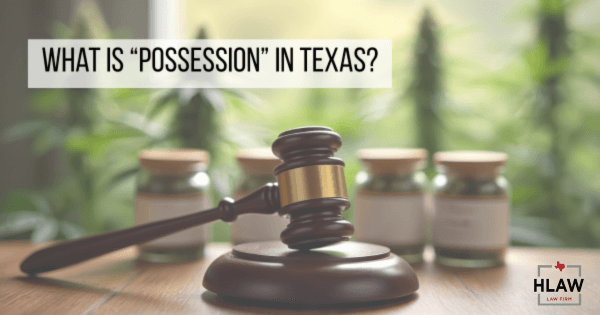
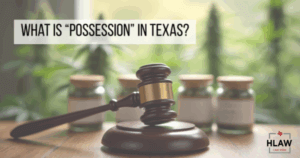
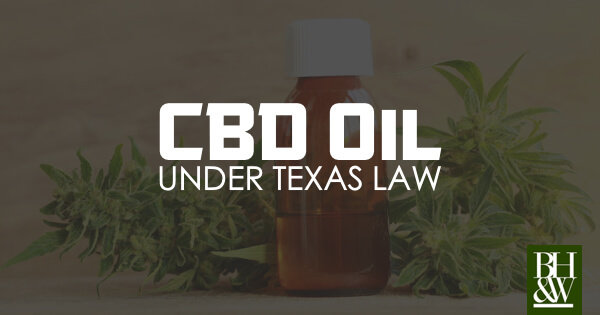
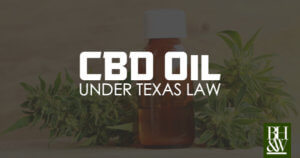 CBD Oil, which is short for cannabidiol oil, is a cannabinoid extract that is
CBD Oil, which is short for cannabidiol oil, is a cannabinoid extract that is 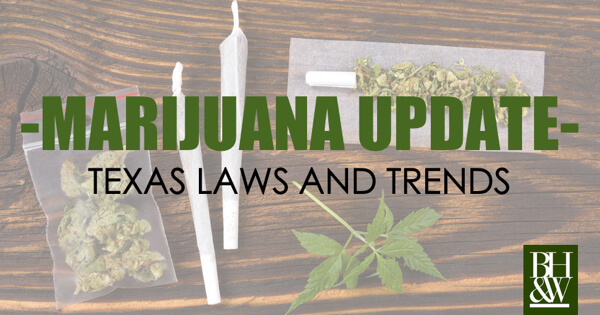
 You have seen it on the news…yet another state has legalized marijuana. It seems as if weed is everywhere, surely Texas has jumped on the bandwagon and legalized it too! Our firm receives calls from people all the time who all say the same thing; they thought marijuana was legal now. Not in Texas.
You have seen it on the news…yet another state has legalized marijuana. It seems as if weed is everywhere, surely Texas has jumped on the bandwagon and legalized it too! Our firm receives calls from people all the time who all say the same thing; they thought marijuana was legal now. Not in Texas.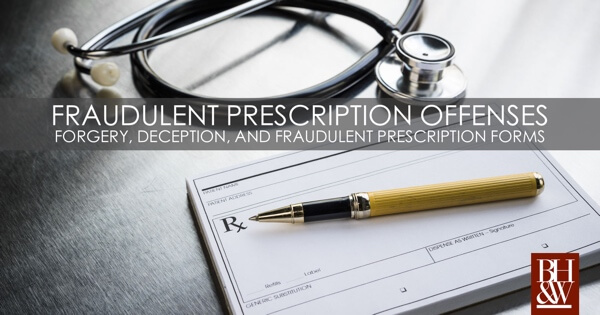
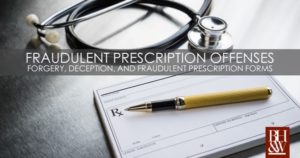 In 2012, the Texas Court of Criminal Appeals released an opinion concerning whether a defendant may be convicted under Texas Health and Safety Code Section 481.129(a)(5)(B) for using a “fraudulent prescription form” when the facts showed that the defendant altered the dosage information on an otherwise valid prescription that had been written by the defendant’s physician.
In 2012, the Texas Court of Criminal Appeals released an opinion concerning whether a defendant may be convicted under Texas Health and Safety Code Section 481.129(a)(5)(B) for using a “fraudulent prescription form” when the facts showed that the defendant altered the dosage information on an otherwise valid prescription that had been written by the defendant’s physician.
 The Fifth Circuit Court of Appeals recently handed down an opinion dealing with the emergency-aid warrant exception and whether that exception extends to vehicular stops. The issue facing the court was whether a traffic stop of Appellant Toussaint to warn him that a gang member had ordered a hit on him was justified under the emergency aid exception to the Fourth Amendment. The court reversed the suppression order from the trial court holding that the emergency aid exception did justify the stop because this was a proper exigent circumstance.
The Fifth Circuit Court of Appeals recently handed down an opinion dealing with the emergency-aid warrant exception and whether that exception extends to vehicular stops. The issue facing the court was whether a traffic stop of Appellant Toussaint to warn him that a gang member had ordered a hit on him was justified under the emergency aid exception to the Fourth Amendment. The court reversed the suppression order from the trial court holding that the emergency aid exception did justify the stop because this was a proper exigent circumstance.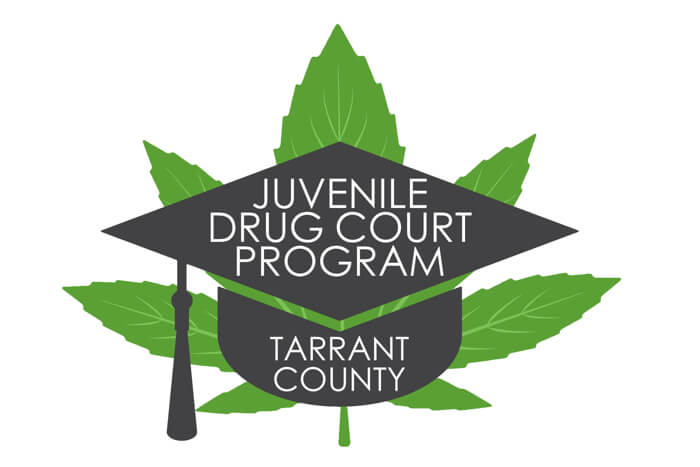
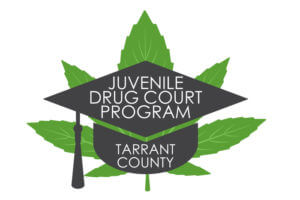 Last week I wrote about things that
Last week I wrote about things that 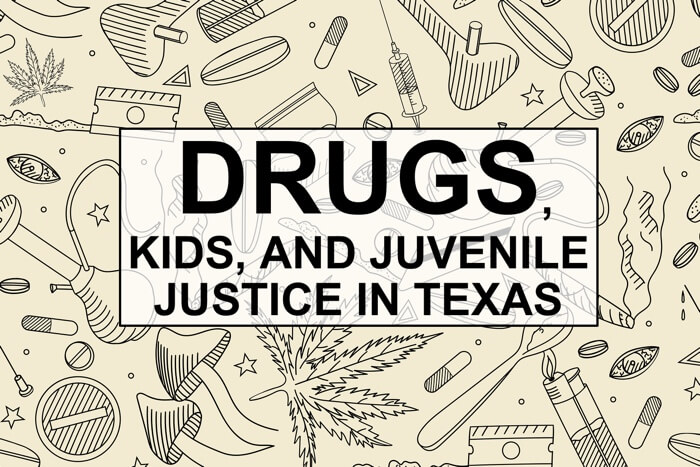
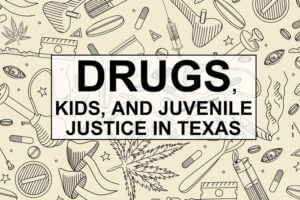 One of the most common way for teenagers to run afoul of the law is with drugs. Between peer pressure, synthetic drugs, and confusion over possession vs. ownership, there are many pitfalls surrounding the topic of drugs for kids. Many times, parents aren’t even aware their child has been exposed to drugs until that child is in trouble. Here are some basic things that every parents needs to know about kids and drugs before it’s too late.
One of the most common way for teenagers to run afoul of the law is with drugs. Between peer pressure, synthetic drugs, and confusion over possession vs. ownership, there are many pitfalls surrounding the topic of drugs for kids. Many times, parents aren’t even aware their child has been exposed to drugs until that child is in trouble. Here are some basic things that every parents needs to know about kids and drugs before it’s too late.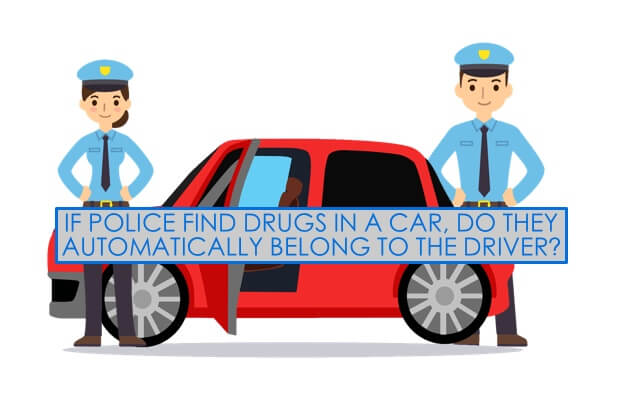
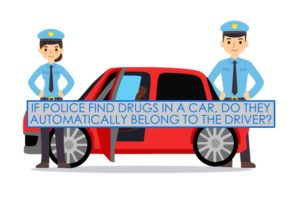 The Court of Criminal Appeals recently handed down an opinion dealing with legal sufficiency of evidence in the context of possession of a controlled substance when it was not found in the exclusive possession of the defendant. The issue facing the Court was whether Appellant Tate intentionally or knowingly possessed methamphetamine by exercising “control, management or care” of the methamphetamine and he knew it was methamphetamine. Tex. Penal Code §1.07(a)(39). The Court found that a rational jury could infer that the owner and driver of a vehicle possessed the controlled substance found in the vehicle in plain view even when there were two other passengers.
The Court of Criminal Appeals recently handed down an opinion dealing with legal sufficiency of evidence in the context of possession of a controlled substance when it was not found in the exclusive possession of the defendant. The issue facing the Court was whether Appellant Tate intentionally or knowingly possessed methamphetamine by exercising “control, management or care” of the methamphetamine and he knew it was methamphetamine. Tex. Penal Code §1.07(a)(39). The Court found that a rational jury could infer that the owner and driver of a vehicle possessed the controlled substance found in the vehicle in plain view even when there were two other passengers.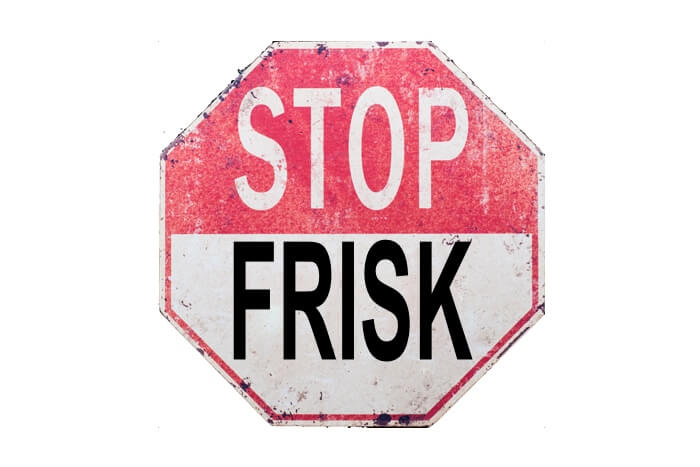
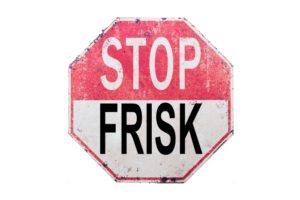 Furr v. State (Tex. Crim. App. 2016)
Furr v. State (Tex. Crim. App. 2016)


